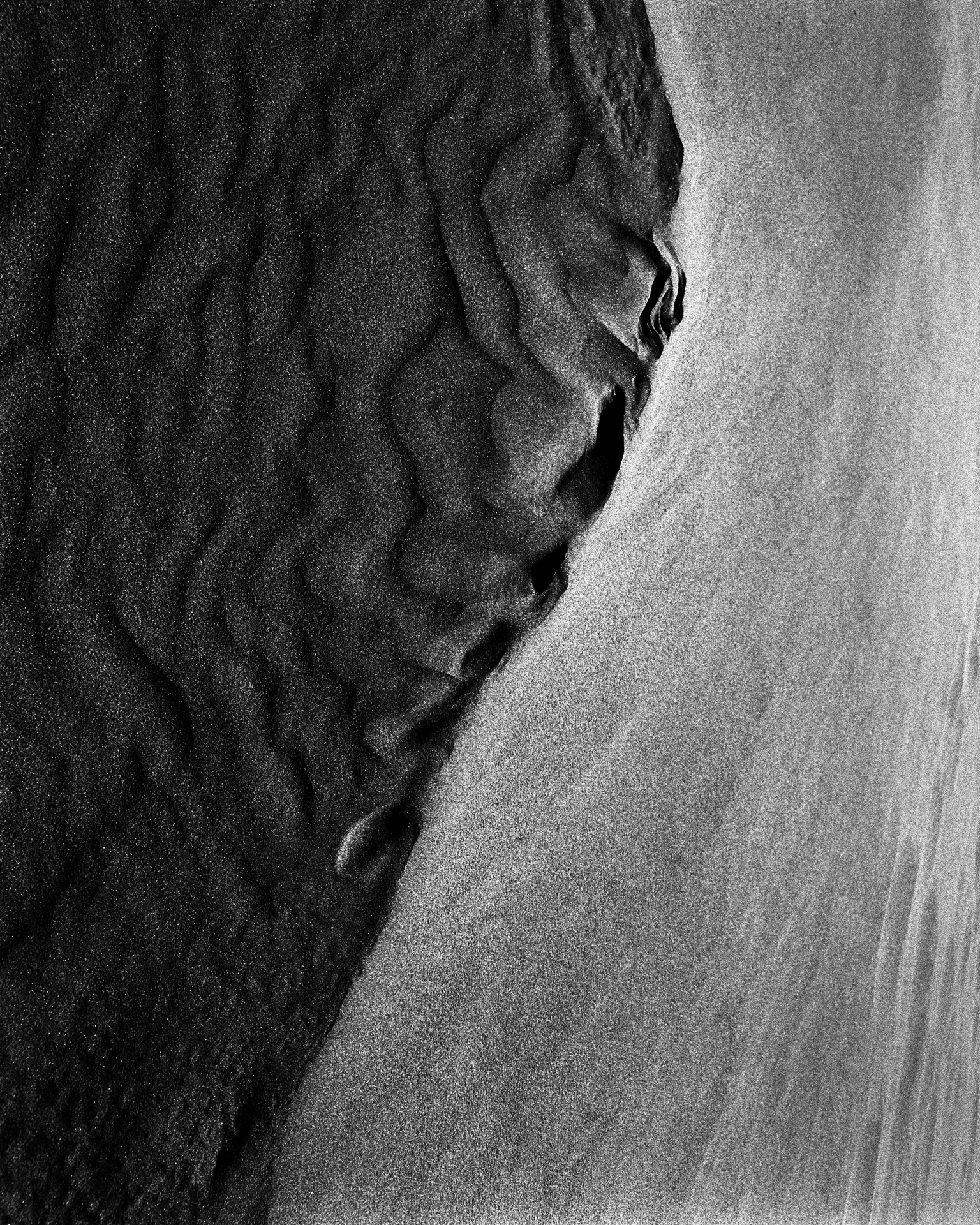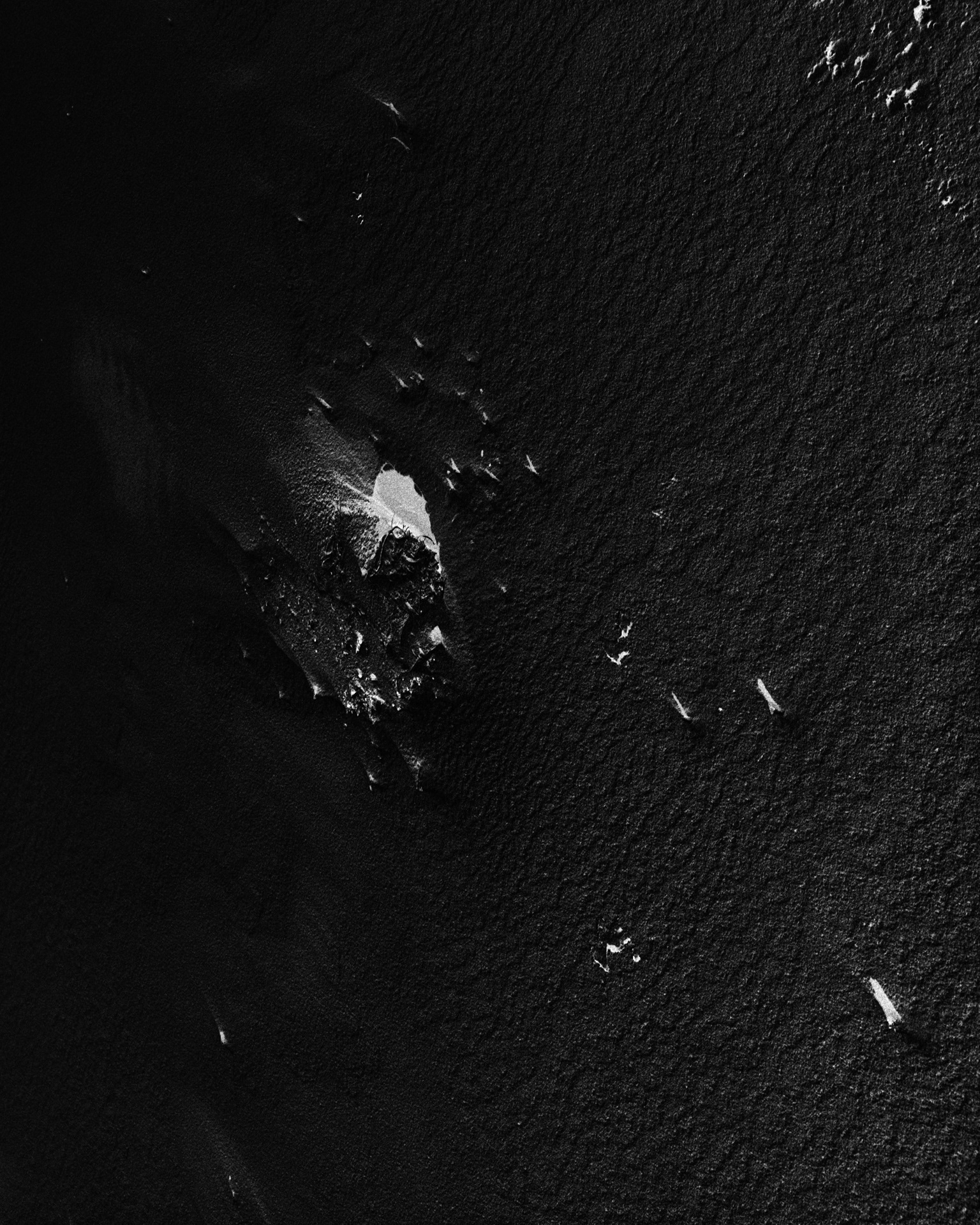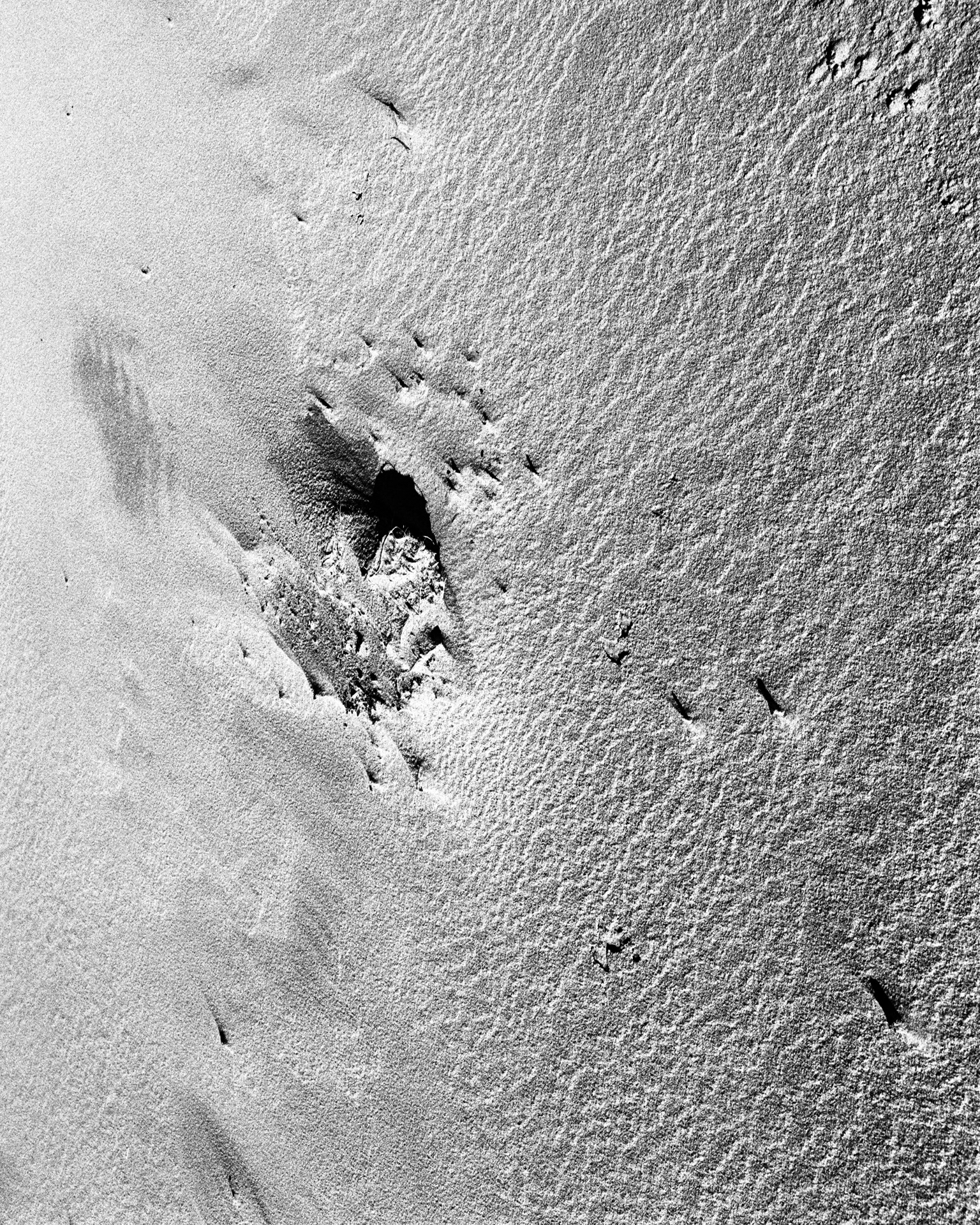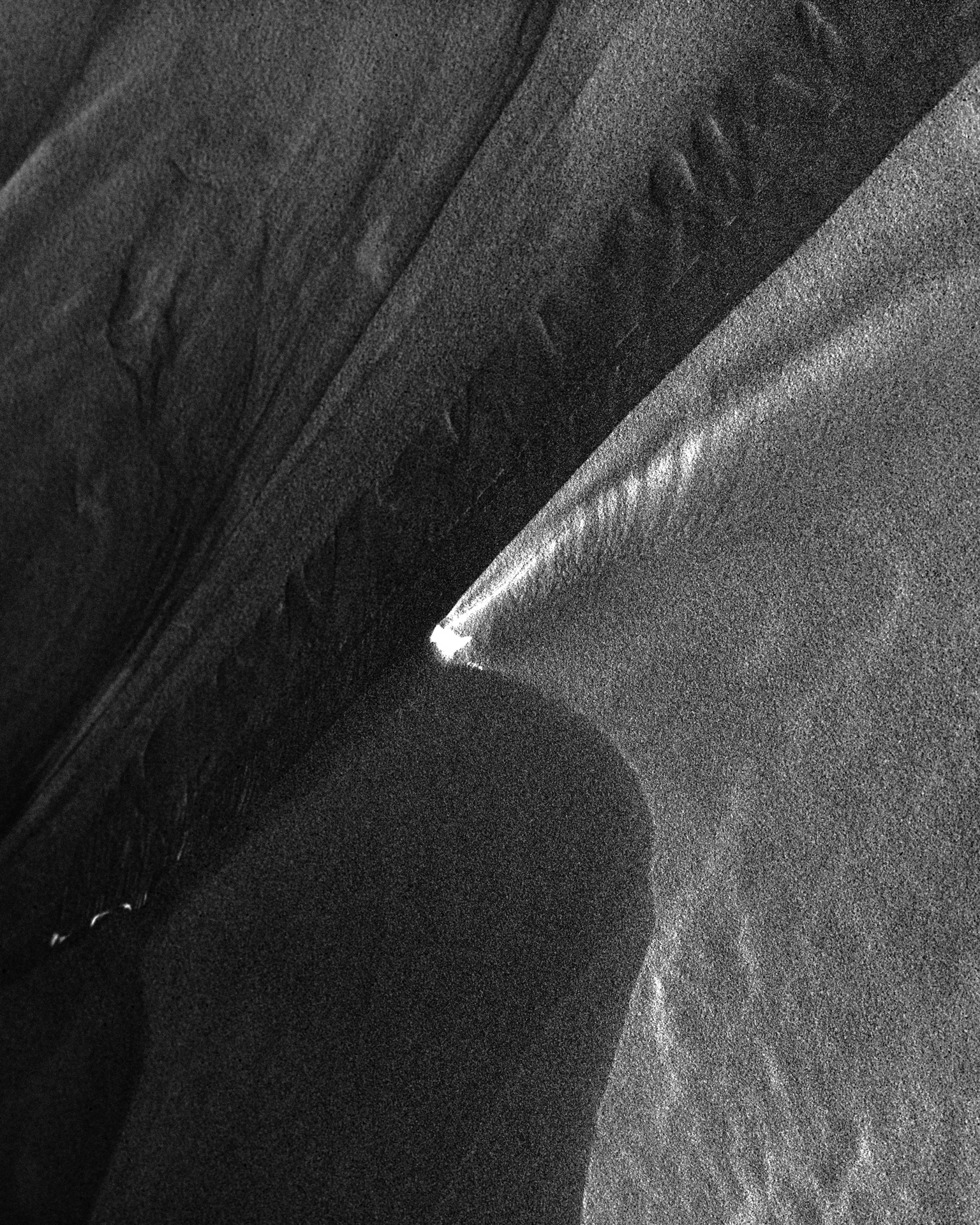





In this project I am using negatives in order to abstract the image and as a way to alter the perception of it, as the negative can render an image unrecognizable. The negative is one of the most analogical representations of the subject, as it is a hardly mediated etching made by light and chemicals; but as analogical as it might be, it is still not easily recognizable. In order to turn this etching into a recognizable image, the negative has to be manipulated. First it is reversed, then the exposure is adjusted in a process that could be a parallel to the way our visual perception produces recognizable imagery.